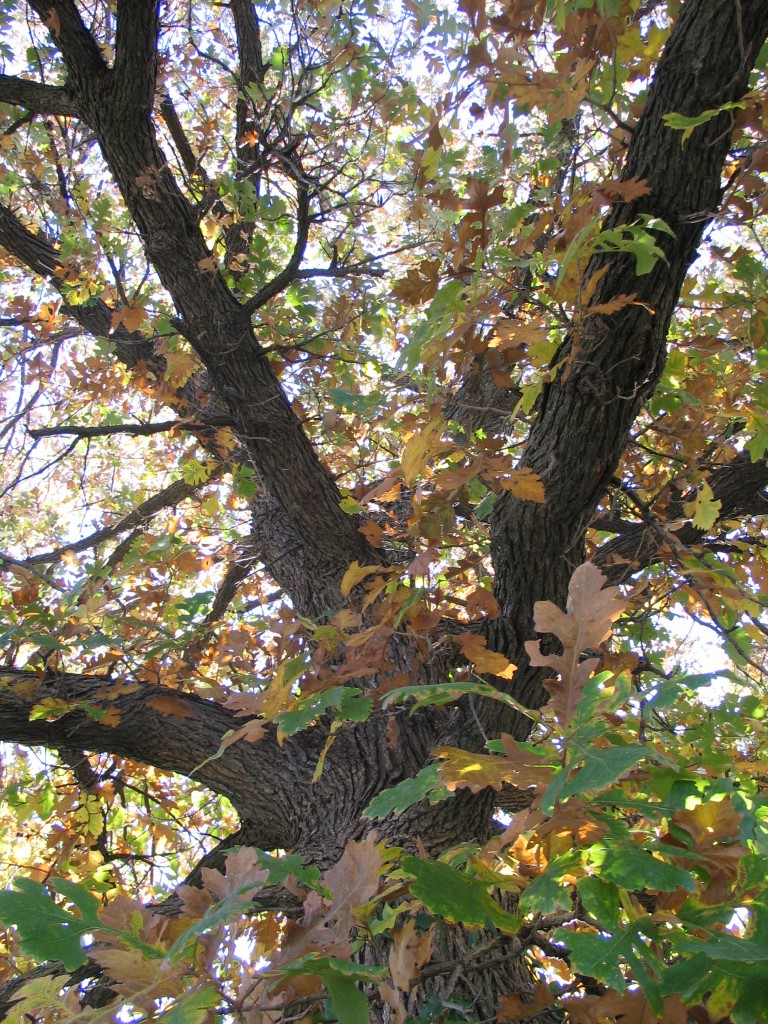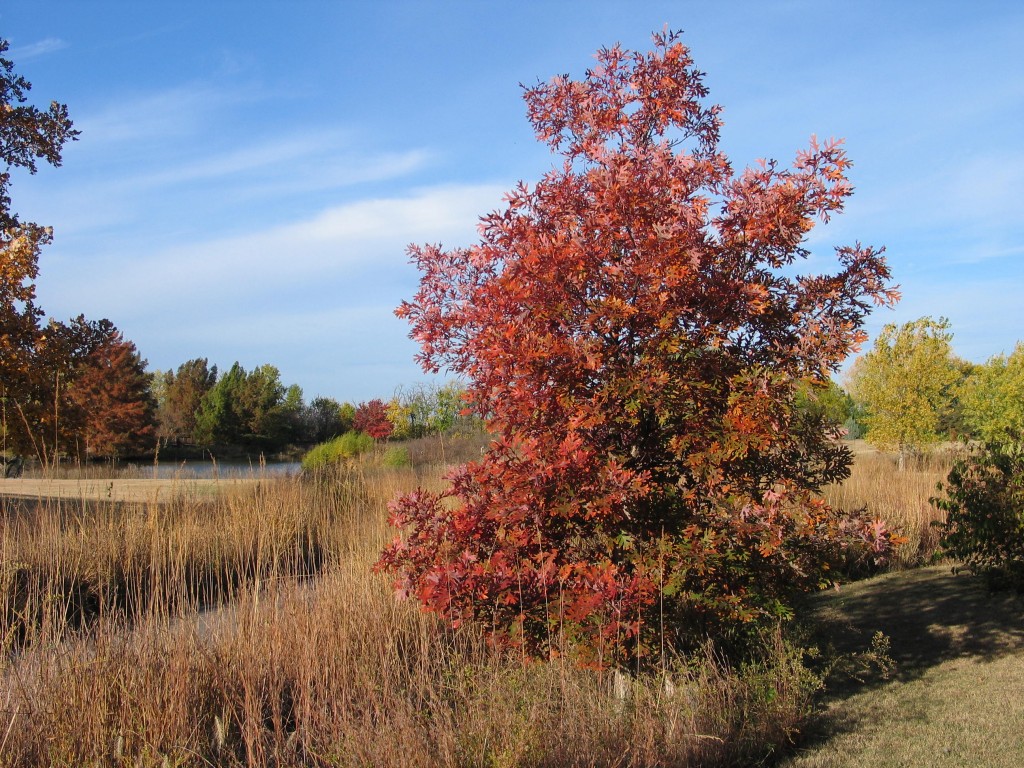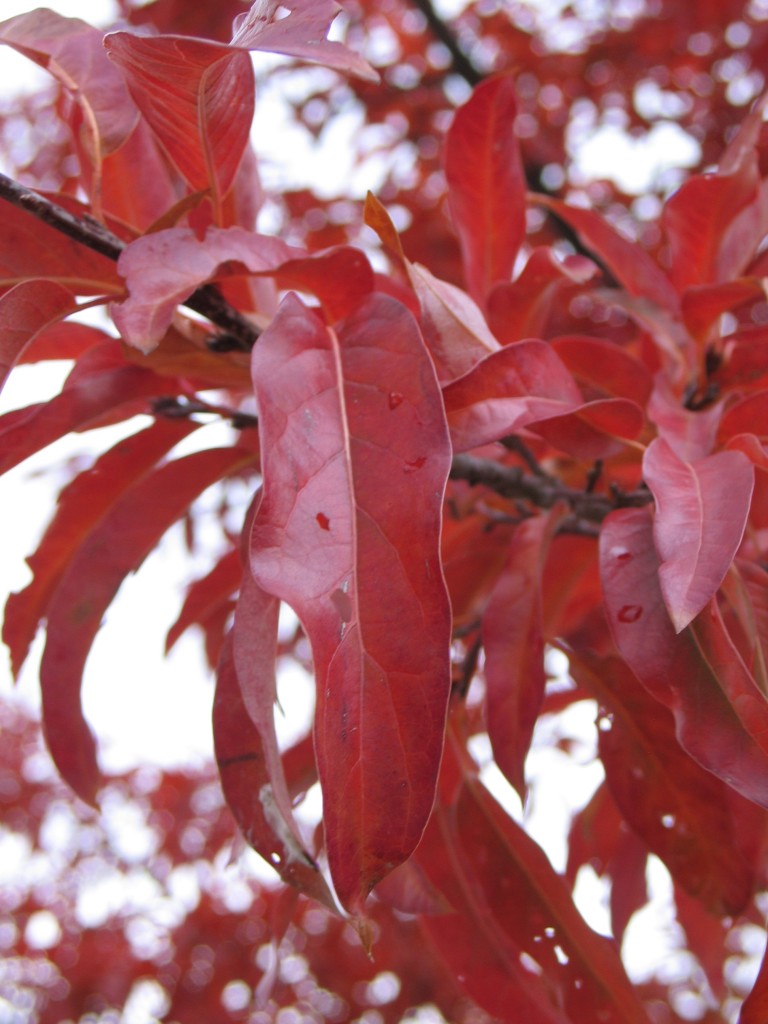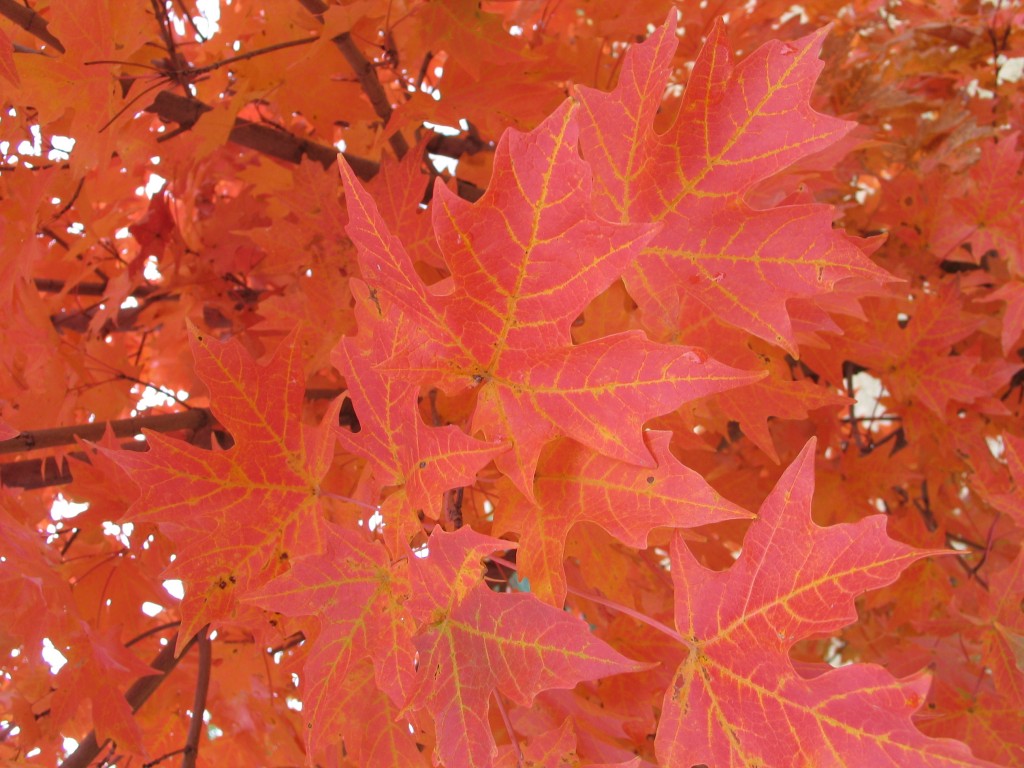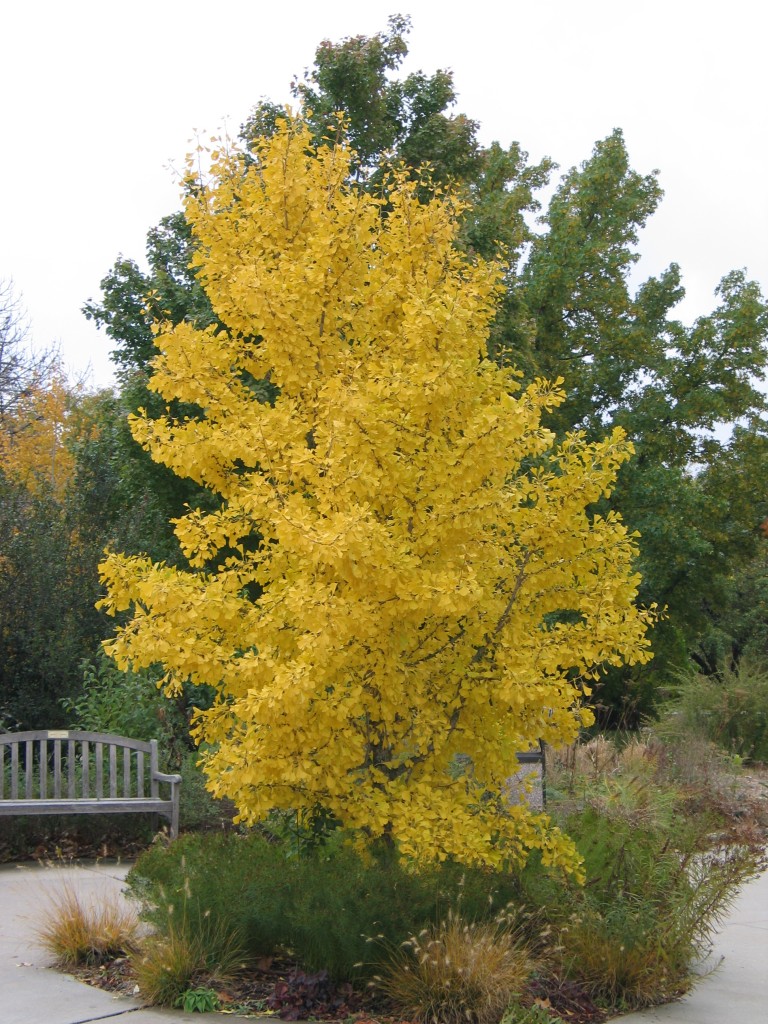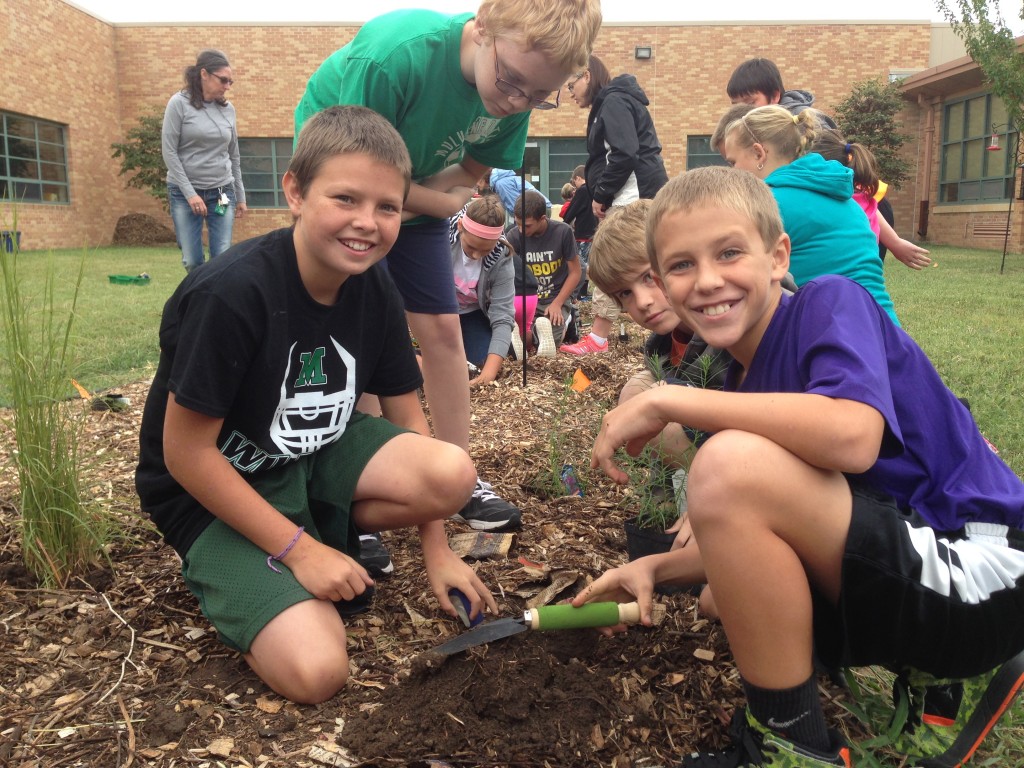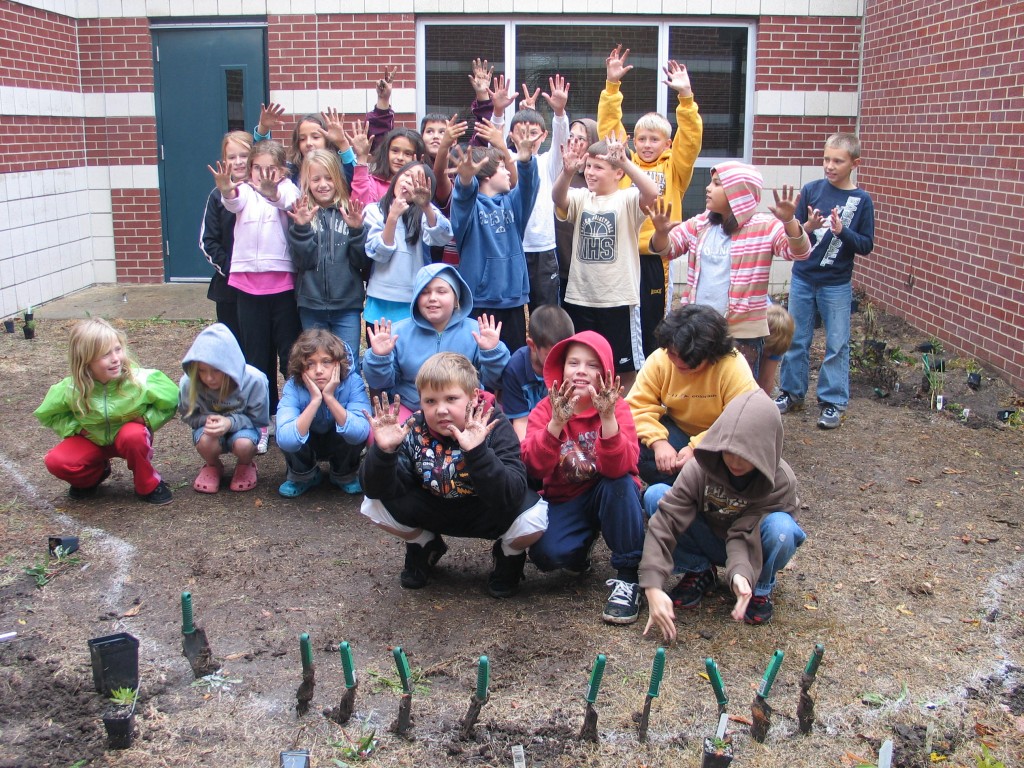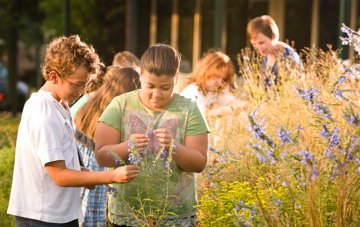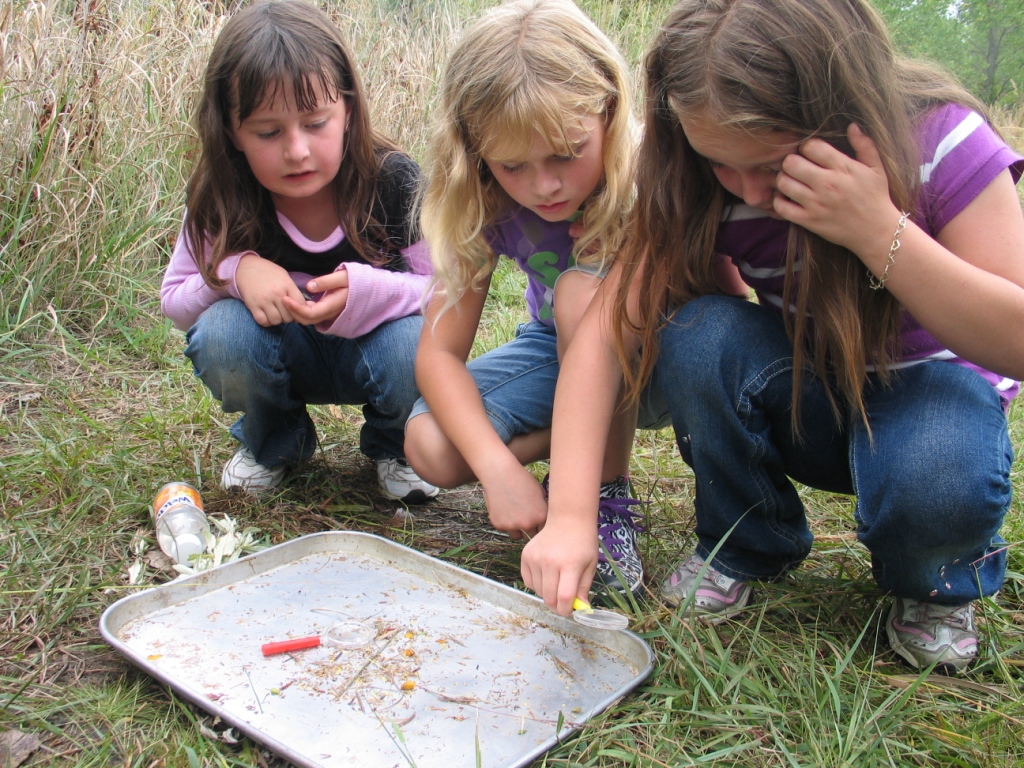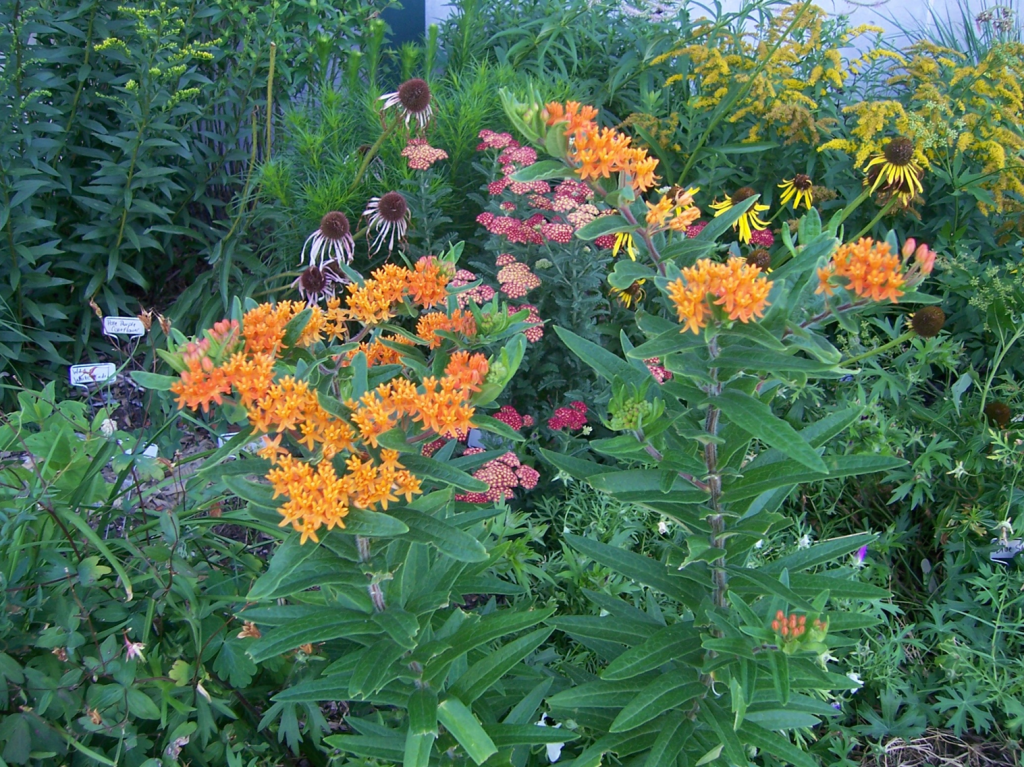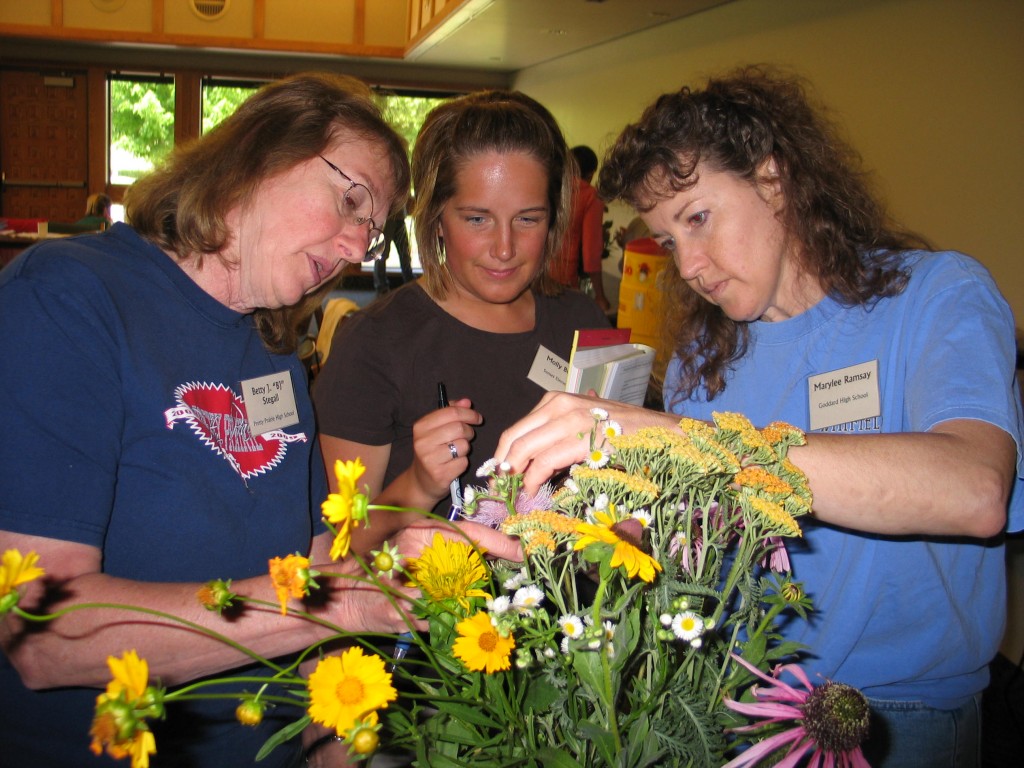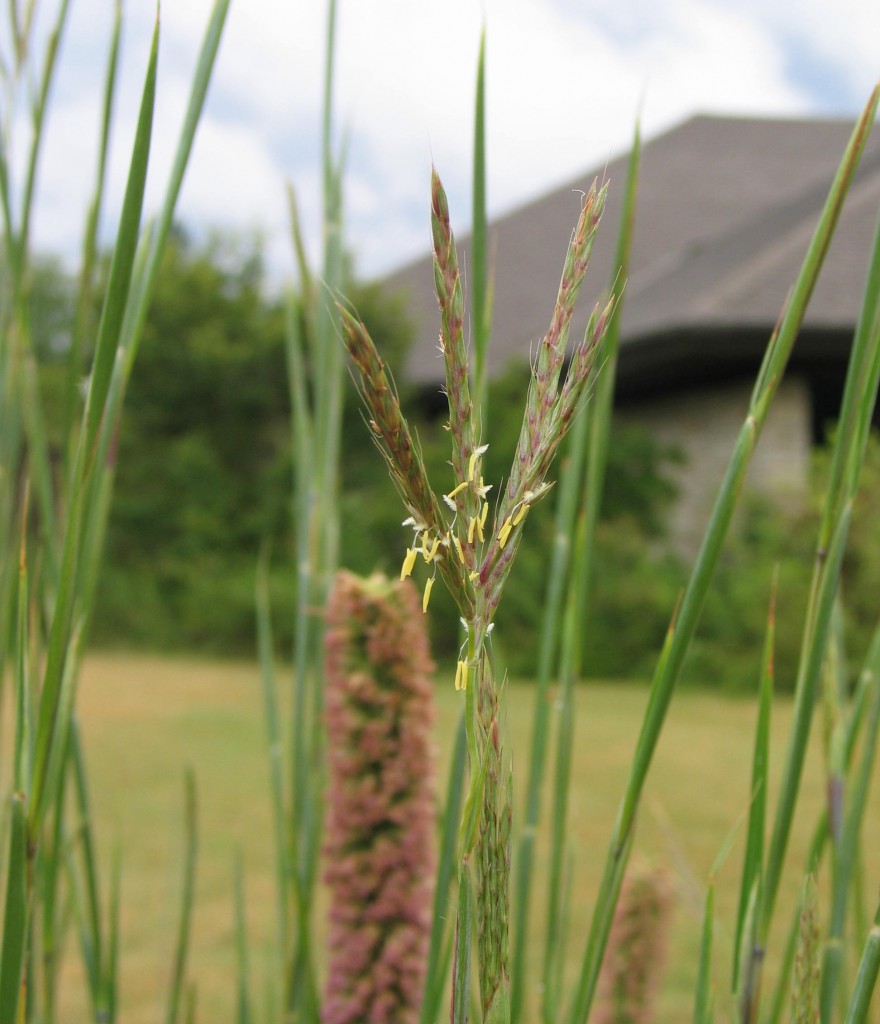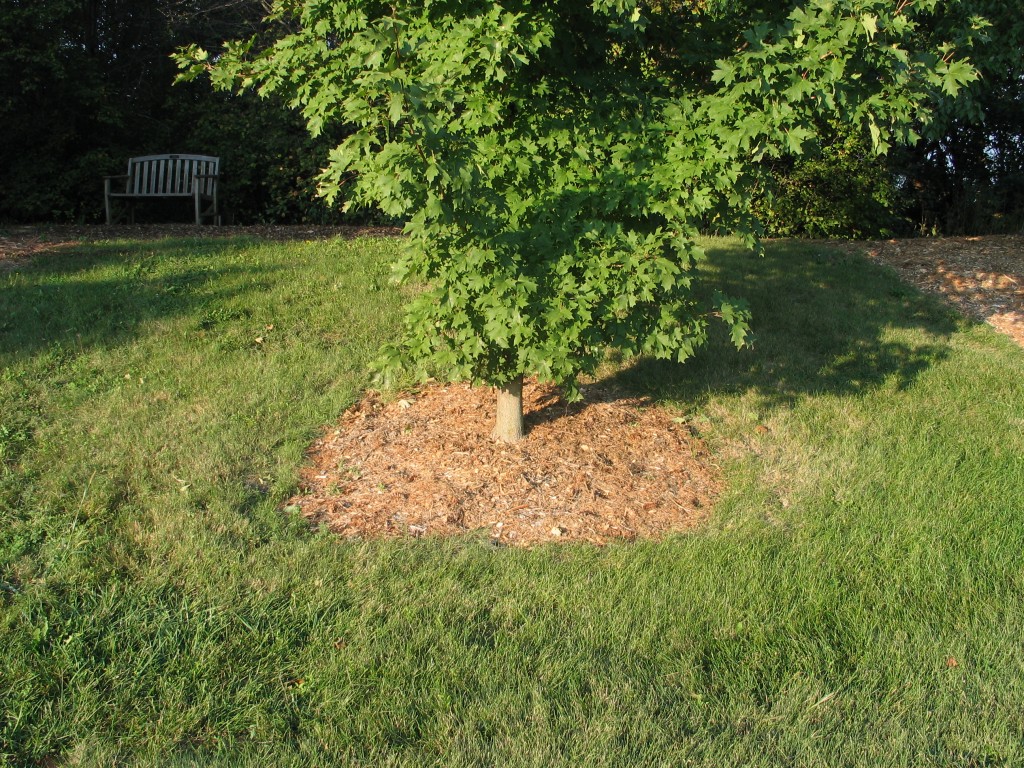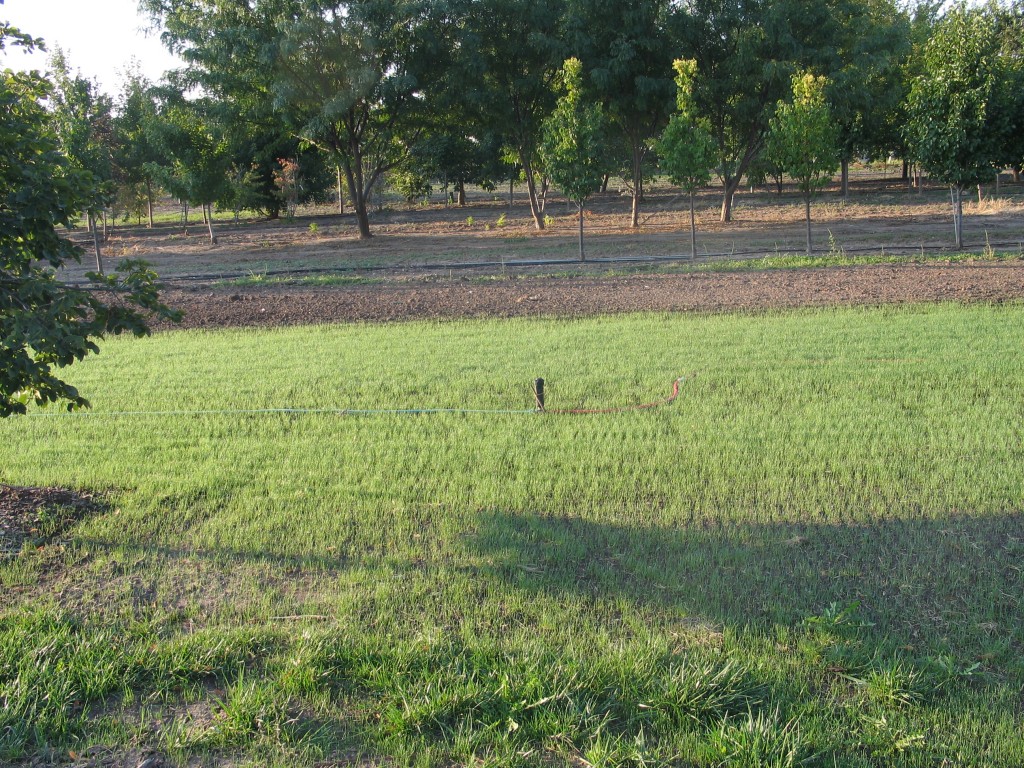The strongest oak of the forest is not the one that is protected from the storm and hidden from the sun. It’s the one that stands in the open where it is compelled to struggle for its existence against the winds and rains and the scorching sun. – Napoleon Hill
If you live in Kansas long enough, you really begin to appreciate trees. They endure heat and extreme cold along with persistent wind. Months without rain are common, but so is the occasional soaking rain that saturates the soil. Trees in this part of the world need to be resilient.
Folks in areas of the country that have an abundance of trees often take trees for granted. Trees grow easily, but not here. A good shade tree in Kansas is a luxury. They need to withstand the rigors of the climate. To sit under a mature tree on a warm afternoon, enjoy the blue skies and sip your favorite cool drink is a special experience.
Here are five oaks trees that are “plains tough”. (This is my list, but there are over 10 species of oaks native to Kansas and several other non-native varieties that are equally tenacious.)
OAK TREES FOR KANSAS
1. Bur oak
When I go fishing along the Cottonwood River, I can’t help but notice the huge Bur oaks (Quercus macrocarpa) stretching out their limbs over the river. West of Hesston, there is one that has a span of over 150 feet. It is quite a specimen. This native oak of the eastern two-thirds of Kansas is one of the most adaptable hardwood trees in Kansas. Generally, it is slow growing, but in the right conditions it can grow two to three feet a year. Mature height is 50 to 80 feet tall and with a spread from 40 to 60 feet. The Bur oaks don’t typically have great fall color, but it is very sturdy and problem-free.
2. White oak
As part of my horticulture classes at Kansas State University, I had to learn the names of many different plants on campus. One of the trees I remember the most is a white oak (Quercus alba) on the east side of campus. It is a beautiful tree with great fall color. This stately tree stood about 60-70 feet tall with a spread of at least 60 feet. I would love to have that white oak in my back yard, because I know that it would be there for generations.
3. English oak
The Kansas state champion English oak (Quercus robur) is in Kinsley. If it can grow in Kinsley, it can grow anywhere in the state. It is native to Europe, but a versatile tree in Kansas. Typical growth is 30 to 50 feet in height and 30 to 40 feet in spread. Leaves are dark green throughout the year. They eventually turn brown, but stay on the tree much of the winter. This tree adapts to most soil types, including heavy clay. Ours at the arboretum puts on good growth each year – one to two feet. Give it room to grow and you will be rewarded with an excellent shade tree.
4. Shumard (red) oak
The fastest growing member of the red oak family is Shumard oak (Quercus shumardii) making it a great choice for the home landscape. Its native range is eastern Kansas along moist streams and upland rocky hillsides. It is quite adaptable to a wide range of soil conditions. The fall color can be incredible. It is recommended that you choose your tree in the fall when they are coloring because the species can be variable in fall color intensity. Shumard oaks are more tolerant than other red oaks of urban areas and challenging sites.
5. Shingle oak
Our shingle oaks (Quercus imbricaria) this fall have been spectacular. The red fall color was more brilliant than in previous years. The color fades, but the leaves will persist through most of the winter. Speaking of the leaves, they are unusual among oaks. They don’t have lobes, but are smooth along the margins. It is a great form that can thrive in drier conditions. They grow 40 to 60 feet tall and spread 30 to 50 feet.
Planting an oak today is like leaving an inheritance to future generations. Choose wisely!

